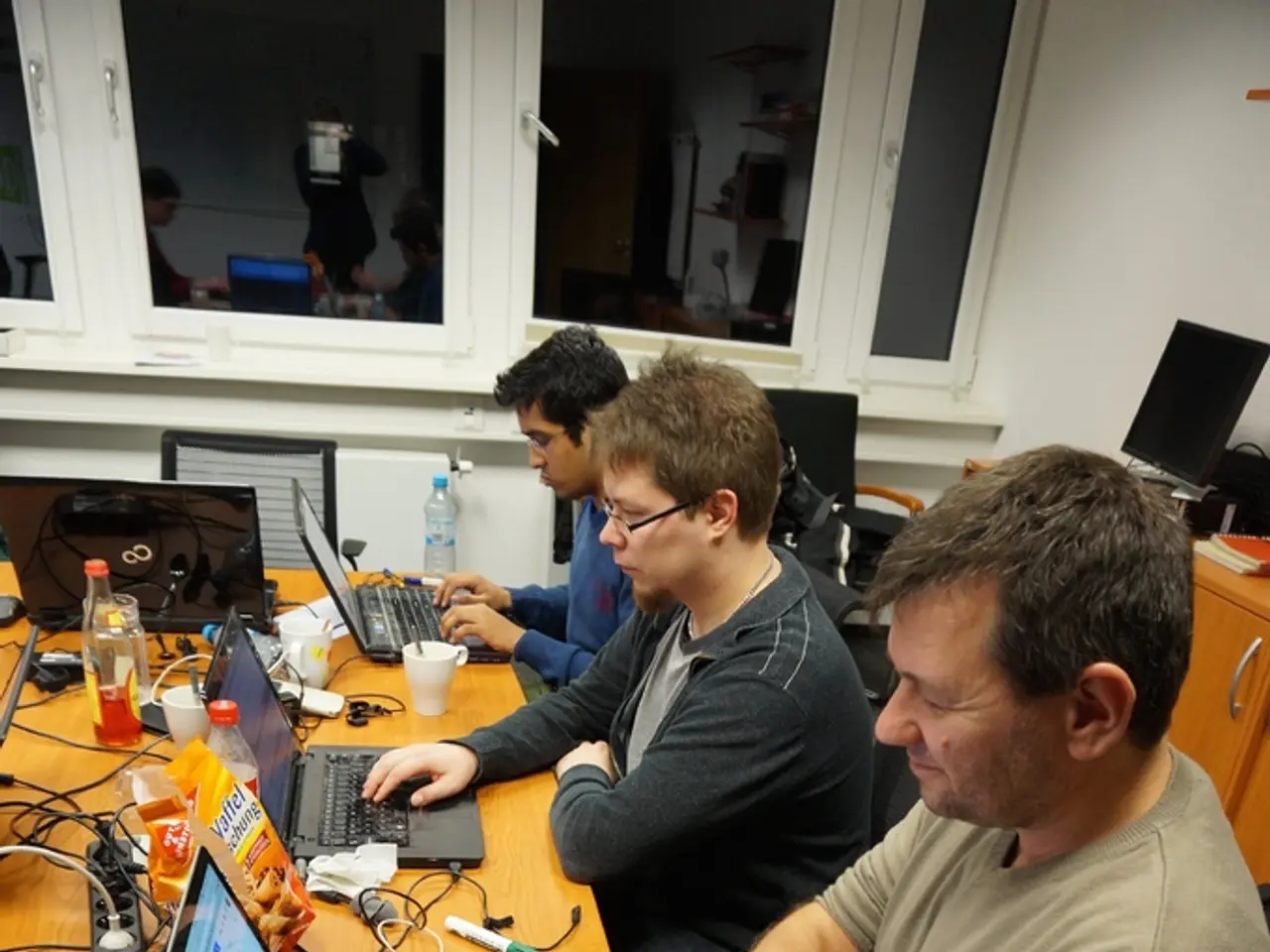Engaging Partners in Your User Study Process
In large organizations, successfully integrating user research into the design and decision-making process requires the active participation of stakeholders. Here are some key strategies that ensure this collaboration, driving meaningful outcomes.
Stakeholder Identification and Mapping
Systematically identifying all relevant stakeholders early on is crucial. This includes project managers, developers, CEOs, marketing people, UX designers, and others who may have a vested interest in the project. Understanding their interests and influence helps ensure that no critical perspectives are overlooked.
Participatory Decision-Making
Moving beyond mere feedback collection, it's essential to involve stakeholders as active co-creators and decision-makers. This can be achieved through co-design workshops, ethical review panels, and governance committees that provide stakeholders with meaningful influence on outcomes. Clear boundaries on decision scope and skilled facilitation help ensure productive collaboration and build ownership.
Regular Check-Ins and Transparent Communication
Maintaining ongoing dialogue with stakeholders through frequent updates, progress reports, and sharing insights in accessible formats helps sustain interest and trust. This continuous engagement keeps stakeholders invested in the research process and decisions.
Inclusive Language and Channels
Using communication methods and language accessible to diverse stakeholder groups is essential for facilitating understanding and participation. This accommodates different backgrounds and needs, ensuring that no one is left out of the conversation.
Foster Empathy and Shared Understanding
Encouraging team members and stakeholders to share perspectives and practice active listening cultivates empathy that supports better design decisions and collaboration.
Align Research with Organizational Goals
Tying user research directly to key performance indicators and decision cycles demonstrates its business value. Assigning ownership, creating phased implementation roadmaps, addressing skepticism, and supporting change management help translate research into organizational impact.
Involve Stakeholders in Recruitment
Engaging stakeholders in identifying and recruiting research participants ensures representation aligns with target user groups and increases stakeholder buy-in through direct involvement.
By embedding these strategies, user research transforms from an isolated task into a collaborative, strategic process that gains broad support and drives meaningful outcomes.
In summary:
| Strategy | Purpose / Benefit | Examples | |------------------------------|--------------------------------------------------------------|------------------------------------------------------------| | Stakeholder Mapping | Identify key groups and their interests | Systematic stakeholder analysis | | Participatory Decision-Making| Build trust through co-creation and shared ownership | Co-design workshops, ethical panels, governance committees| | Regular Check-Ins | Maintain engagement, provide updates | Weekly progress calls, newsletters | | Inclusive Communication | Ensure accessibility for diverse stakeholders | Simple language, varied communication channels | | Foster Empathy | Enhance collaboration and understanding | Active listening exercises, perspective sharing | | Align Research to Business | Demonstrate ROI and integrate with strategic goals | Tying research to KPIs, involving stakeholders early | | Involve in Recruitment | Improve participant relevance and stakeholder commitment | Stakeholders help select/user recruit participants |
These practices, supported by frameworks such as design thinking and change management, ensure that stakeholders in large organizations are meaningfully involved, and that user research has a strong impact on design and business decisions.
Failing to involve stakeholders can lead to research findings not being implemented, as seen in the example of a designer working on a fitness app. Asking the right questions, such as "Who are the customers/users?" and "What user research have we already done that might be relevant for this project?" can help ensure that the user research is focused. One-on-one interviews can help ensure that stakeholders are engaged in the user research project and care about the results. Asking questions such as "What is the product going to be?" and "What is the history of the project?" can help ensure that the research is relevant. Asking "What has been decided about the project/product so far?" and "What requirements have been decided for the product?" can help determine the constraints of the project. The best way to involve stakeholders is to talk to them face to face, but before doing so, it's beneficial to gather as much information as possible about the project. Stakeholders can help ensure that the research is on track with current business goals and provide information about technological limitations and possibilities. Permission should always be asked before recording audio. The Project Management Institute defines project stakeholders as individuals, groups, or organizations who may affect, be affected by, or perceive themselves to be affected by a decision, activity, or outcome of a project. In larger projects or companies, it can be challenging to identify all stakeholders. Tomer Sharon divides stakeholders in UX research into three categories: Business, Engineering, and UX people. Kim Goodwin recommends doing one-on-one interviews of about an hour's duration with the most important stakeholders to discover their points of view and any potential conflicts.
- Involving UX designers as active co-creators in participatory decision-making processes, such as co-design workshops and governance committees, helps ensure that user research contributes to UI design and improves the overall user experience.
- By aligning user research with organizational goals, such as tying research findings to key performance indicators (KPIs) and decision cycles, finance executives can better understand the business value of user research and support its integration into the organization.
- In large organizations, consulting marketing people and understanding their interests through stakeholder mapping can help ensure that user research results in business-driven outcomes and contributes to marketing strategies.




